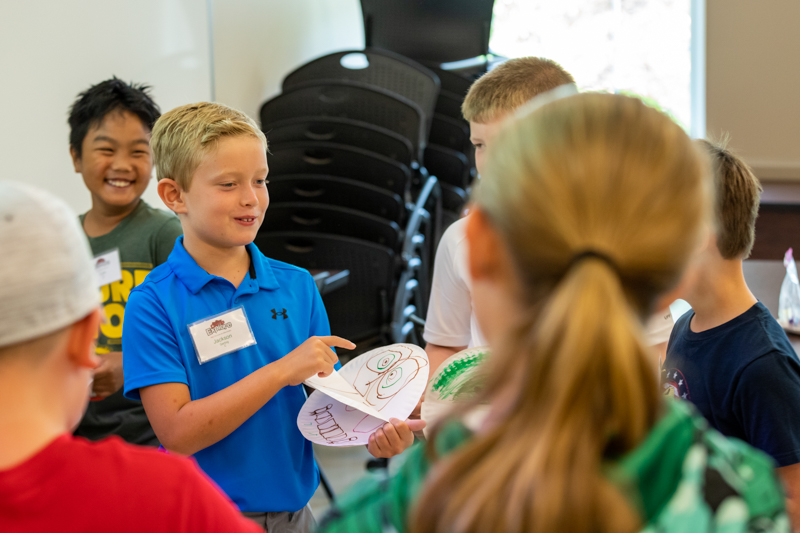By the Duke University Talent Identification Program
Ability grouping and tracking are two methods of grouping students for instruction. Ability grouping, commonly practiced in elementary schools, is when students of similar ability or achievement level within a class are grouped for instruction. Tracking, or grouping between classes, occurs more often in middle and high schools.
Critics of ability grouping and tracking claim that students in lower academic tracks are often taught simplified, less stimulating lessons by less experienced or less talented teachers. They also suggest that low-income and minority students receive an inequitable education because they are disproportionately represented in lower tracks. These concerns were probably valid in early tracking programs, but current practices are sensitive to racial, ethnic, and social class influences on school placement decisions.
Research concerning gifted students consistently shows that academically advanced students benefit from inclusion in an academic peer group of gifted students who receive accelerated, enriched instruction. Gifted students in higher tracks show better academic achievement than those in lower tracks. From one-fourth to three-fourths of the material taught in regular classrooms is information that gifted students already know, because most teachers do not differentiate content for them. Students who receive accelerated instruction in a group of high-ability peers perform nearly one year higher on standardized tests than students of equivalent age and intelligence in nonaccelerated classes.
Gifted students profit from an enriched curriculum appropriate to the pace, depth, and complexity of their learning. For example, high-ability students, unlike students in regular and remedial classes, benefit from instruction that includes discussion and authentic questions (questions for which teachers do not elicit particular answers). Furthermore, because accelerated, enriched instruction allows gifted students to perform at levels commensurate with their abilities, it may increase their achievement and improve their attitude toward school.
Some educators worry about the self-esteem of students grouped by ability, but studies show that in ability-grouped classrooms the self-esteem of low-ability learners actually increases slightly, while that of high-ability learners decreases only slightly. Apparently, gifted students lose a little self-assurance because they face a more challenging curriculum and now gauge their performance against that of other gifted students. However, the change in self-esteem is too small to affect their performance, motivation, or self-perception significantly.
Inevitably, gifted students in special schools, separate classes, and pullout programs achieve at higher levels than students in regular classroom programs. The academic benefits are highest in accelerated, enriched classes. High-ability students benefit from taking advanced classes, and they suffer when placed in regular classes.
—Tania Jarosewich, PhD
Tania Jarosewich is a postdoctoral research fellow in the Duke Talent Identification Program.
This article was originally published in Gifted Today and is used with permission.

